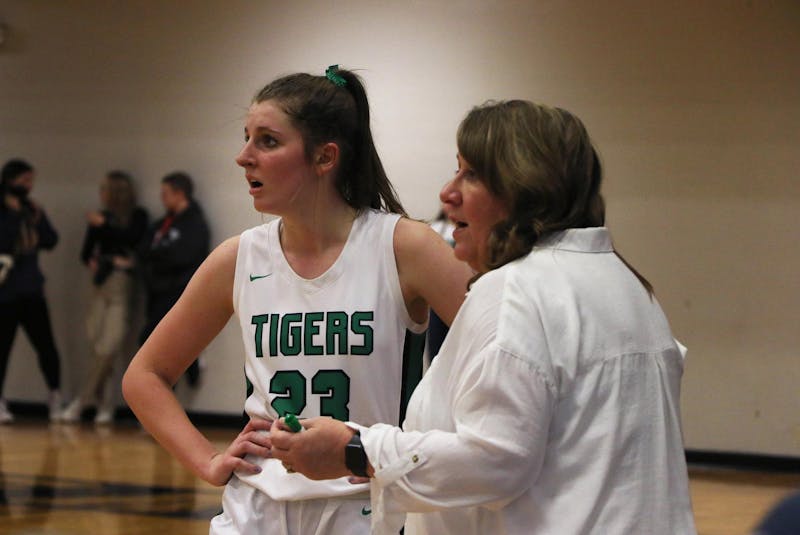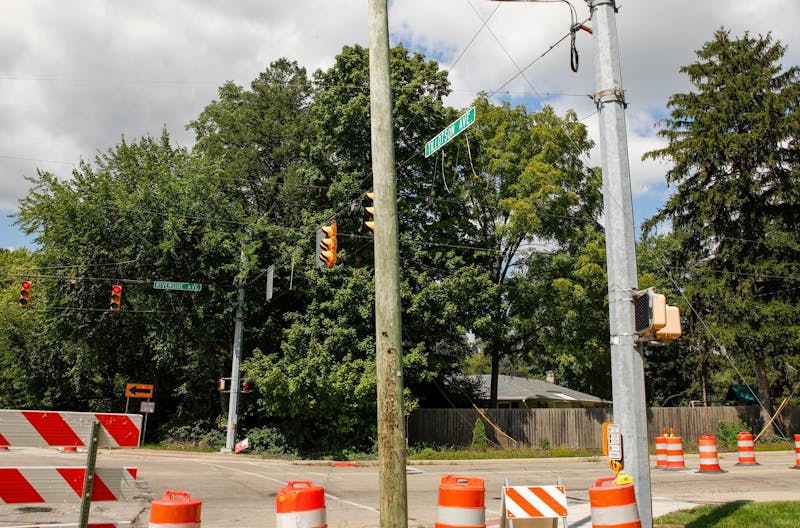1.62 trillion dollars.
According to Education Data Initiative, an organization dedicated to compiling statistics to promote education discussion, that is how much collective federal student loan debt there is among 43 million borrowers – about $37,667 in debt per borrower.
That is enough to purchase a used car with cash and have about $5,000 left over, not accounting for interest accrued.
President Joe Biden announced Aug. 24 that the federal government will be forgiving student loan debt “to address the financial harms of the [COVID-19] pandemic, fulfilling the President’s campaign commitment.”
Cecil Bohanon, professor of economics at Ball State, said this initiative would shift the burden of debt from the borrowers to the U.S. government. The government will have to recoup the costs some other way, examples being spending cuts, raising taxes or borrowing more money.
“Do you really get the economy ahead by robbing Peter to pay Paul?” he said. “In the macroeconomy, it’s hard to see this having much effect.”
Bohanon also cites the economic concept of moral hazard, which states people will stray away from monetary risks they cannot manage. He said the student loan forgiveness initiative may skew the risk and reward factor of taking out federal student loans.
“There’s no guarantee they’re gonna [forgive student loan debt] again,” he said. “But if they do it one time, you kind of think, ‘Well, maybe they can do it again.’ This has to send a signal: if you get into debt, the government may come help you.”
The Indiana Department of Revenue told The Associated Press Tuesday that residents of Indiana will be required to list any amount of forgiven student loans as taxable income, resulting in up to $323 in taxes per Indiana’s state tax rate of 3.23 percent (up to $646 for Pell grant recipients with $20,000 forgiven). County taxes will also apply.
Emmy Winter, senior theatre technology and design major, has taken out about $15,000 in student loans over two years and qualifies to have two-thirds of it forgiven, but she doubts the debt forgiveness plan is feasible.
“[Biden] has kinda been saying this since he got elected two years ago,” she said. “... a lot of senators have been saying, ‘We’re going to forgive student debt.’ But with all the years of them saying that, nothing’s been done, and [the President] still does not seem any closer to forgiving student debt than when he got elected.”
She does still welcome the idea of her debt being forgiven, saying she worked hard to earn her degree and still foresees more hard work ahead of her after graduation.
“Yeah, I’ve got a house, and I’m pretty okay with paying for school, but there’s still a lot more I have to pay once I get out,” Winter said. “The pressure is on for me to get a job immediately when I leave school, so I can start paying those [debts] off.”
Winter also said she’ll have issues more pressing than paying off her student loan debts when she graduates, which will still affect how quickly she can relieve herself of student loan debt.
“Do you know how much it is to get a box of pasta? In Pennsylvania, it was $1.22,” she said. “It’s supposed to be a dollar. As much as I hate being in debt, I feel like the cost of living is a much bigger problem. The loans aren’t right in front of me. It’s the grocery store shelves saying that the prices are higher that’s at the forefront of my mind right now.”
K.C. Weaver, sophomore computer science and creative writing double major, has another perspective, saying the initiative will encourage more people to go to college, even for jobs that don’t earn high salaries.
“Social workers and teachers and things like that, even the value of art in a society is super, super important. Because of the way our economy is set up, we don’t directly reward them with cash,” they said. “But a lot of times, it can take just as much work to go through the collegiate programs, and they’re left with just as much debt.”
However, they don’t believe the student loan debt forgiveness is enough to support low-income Americans as the initiative intends.
“[Communities] will put money into big high schools or colleges, but not give as much money back to … poor neighborhoods or violence-ridden neighborhoods,” they said. “Putting money into, say, systems for people who don’t or can’t go to college like trade schools, helps find jobs for everyone and makes sure they have resources.”
Isabella Stratton, on the other hand, is a sophomore studio art major who sees President Biden’s initiative as good news. Though the benefits will not apply to her, Stratton says student loan debt forgiveness gives people more agency to pursue a college education.
“[The initiative] kind of takes away that class-exclusivity and allows people not to be gatekept by their current financial situation when it comes to having … better opportunities for the future,” she said.
Contact Miguel Naranjo with comments via email at miguel.naranjo@bsu.edu or on twitter @naranjo678




The Daily News welcomes thoughtful discussion on all of our stories, but please keep comments civil and on-topic. Read our full guidelines here.